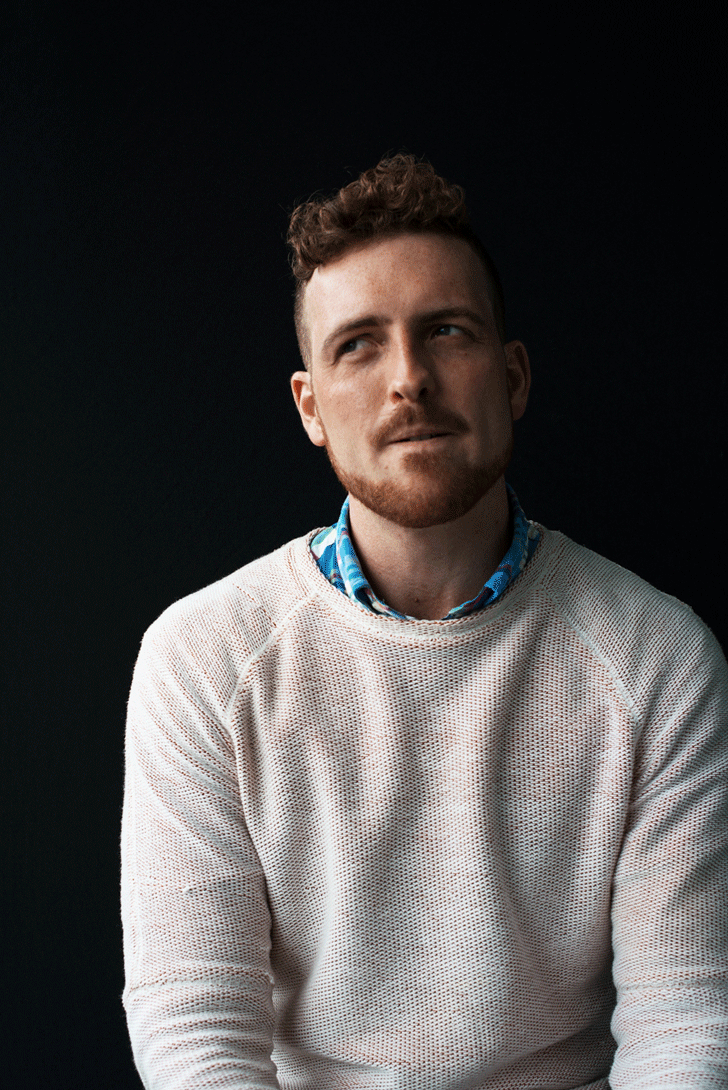Style Matters
WITH ANDREW GEEVES
STYLE MATTERS WITH ANDREW GEEVES
Smells of patchouli oil, chai tea and sandalwood incense float through the air. I stand amongst gum trees, an aural healer to my left. For 50 dollars, he will let you sit in the middle of four glass cylinders that he then proceeds to beat the shit out of for about half an hour. They ring out with a noise that sits somewhere between the sounds of tortured wind chimes and taking advantage of human vulnerabilities. To my right is a self-proclaimed, rune-reading druid. Enough said.
I am in Victoria, visiting friends of mine, one of whom has a residency at Dunmoochin, an artists’ colony established by Clifton Pugh, an esteemed Australian portrait artist and winner of multiple Archibald Prizes. They have taken me to the St Andrews Community Market, a regular gathering of stallholders, visitors and those who live in and around St Andrews, a bush town nestled at the foot of the Yarra Ranges, an hour’s drive north-east of Melbourne.
The market has taken place here every Saturday morning for more than 40 years. Fresh fruit and vegetables, recycled clothing, natural remedies, second-hand goods and homemade products are some of the wares on display. All around me, people are bumping into each other and exchanging news, live music is being enjoyed and families are lolling in the sunshine. As I wander around, I eavesdrop on snippets of conversation. These make clear that the market plays an integral role in consolidating the bonds that underpin this area’s strong sense of community.
As my burger-and-beer-built body enters superfood-induced shock over the vegan, gluten-free, dairy-free, refined-sugar-free, tofu, kale and some-ancient-grain-that-sounds-very-different-to-how-it-is-spelled lunch to which I just subjected it, I step back and observe the crowd. Immediately, I am struck by how easy it is to identify the two main groups of people in attendance: the locals and the visiting inner-city dwellers. Clothing, accessories and hairstyles easily distinguish one group from the other. Locals are all about loose, flowing, colourful fabrics, tie-dye, dreadlocks, crystals hung on leather, dusty boots, East-Asian, African and South American prints, nose rings, colourful hats and tattoos of third-eyes and other mystic symbols. Visitors from the city favour black everything, slim-cut jeans, designer sunglasses, chunky jewellery of metal or resin, tailored leather jackets, sneakers, flats or loafers, asymmetry and impeccably maintained haircuts.
The local aesthetic is hippie, earthy and rough around the edges, while the urban Melbourne look is sharp, streamlined and polished; but members of both groups have put time, effort and thought into their styling. Everyone has curated their look to signal membership of a particular group by closely matching its visual aesthetic. What comes first, people who dress similarly forming a group or people who form a group dressing similarly, is a chicken-or-egg question for another time. However, if even the local St Andrews population—a community that prides itself on consciously living a lifestyle that does not mindlessly follow mainstream trends or culture—follows a strict, largely implicit dress code, the human urge to belong to a group of people and to outwardly exhibit this membership to others must be pretty strong.
Many of us wore uniforms at school and must obey dress codes at our places of employment. Yet, almost without realizing it, most of us continue wearing a “uniform” even when we don’t have to. In our downtime, we dress in ways that strongly identify us with groups that share elements of our lives—geography, income bracket, sexuality, education level, political preference and lifestyle practices. We feel this when we travel and find others labelling us based on what we wear. When I visit my suburban hometown, I’m a city slicker. When I visit Perth, I’m an Eastern stater. When I visit the inner-western suburbs of Sydney, I’m an inner-eastern suburb dweller.
We clad ourselves in items of clothing that signal our belonging, or our wish to belong, to particular groups and our distance from other groups from which we wish to remain separate. This behaviour makes sense given our evolutionary background—our chances of survival are increased if others are willing to offer you help, and looking alike increases this willingness. External appearance is a quick and effective way of signalling similarity. I would be more likely to rescue a Sydneysider from the jaws of a sabre-toothed tiger than a Melburnian because, based on their appearance, I would perceive the Sydneysider as more similar to me and, therefore, more worthy of receiving my help. (Also, Sydneysiders are better people and will always be more worth saving than Melburnians—just saying.)
“You’re all individuals,” Brian says to his crowd of followers in Monty Python’s Life of Brian. “Yes, we’re all individuals,” chants the crowd. “You’re all different,” declares Brian. “Yes, we’re all different,” replies the crowd. There is a truth to the humour in these lines. Perhaps more than we would like, we all comply with certain unspoken rules when it comes to style, in order to show our allegiance to a particular group. Anyone disheartened by this realization should remember that they wouldn’t be here if their ancestors hadn’t demonstrated exactly this behaviour.
Based in Sydney, with a background in psychology, Andrew has written and interviewed people about music, theatre, film, art and fashion for a variety of popular publications and academic journals.

